Painting Still Life
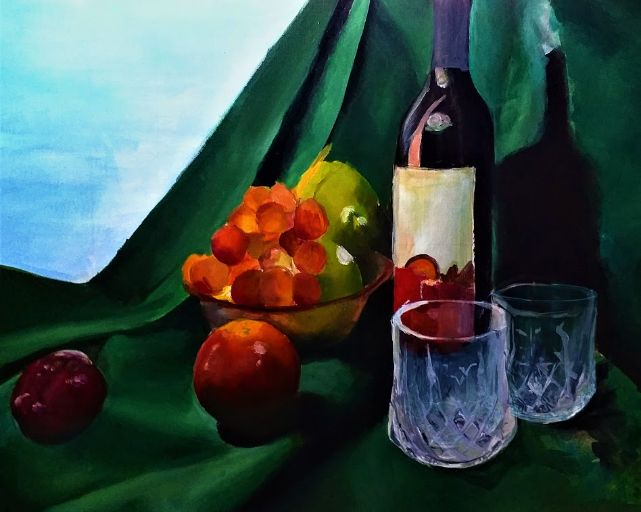
Are you looking to take your painting skills to the next level? Then it’s time to explore the world of still life painting.
Still life painting has a rich history, dating back to ancient times when artists captured everyday objects like fruits, flowers, and vessels.
In this post, we’ll explore the art of still-life painting, focusing on the definition, history, and some of the artists who mastered this art form.
We will also share tips that will help you create realistic and beautiful compositions. From selecting objects to arranging them, to capturing their beauty on canvas, this guide has everything beginners need to know to take their painting still life skills to the next level.
- Painting Still Life
- What is Still Life Painting
- The History of Still Life Painting
- Types of Still Life
- Tips to Improve Your Still-Life Paintings:
- 1. Principles of Design
- 2. Creating a Focal Point
- 3. Selecting Your Objects
- 4. Arranging Your Objects
- 5. Capturing Beauty on Canvas
- Famous Still Life Art Painters
- Final Thoughts on Painting Still Life
What is Still Life Painting
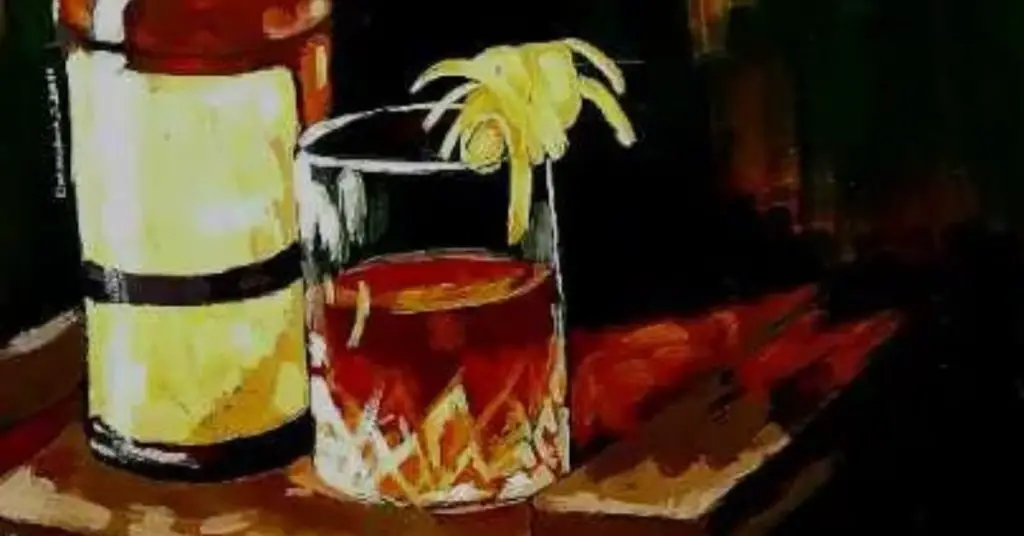
A still life (nature morte in French) painting is one that depicts an arrangement of inanimate objects as its subject.
These objects are typically placed on a table and frequently include organic objects such as fruit and flowers as well as household items such as glassware and textiles.
The term “still life” comes from the Dutch word stilleven, which became popular in the 16th century. While still life became popular during this period, its origins can be traced back to ancient times.
The History of Still Life Painting
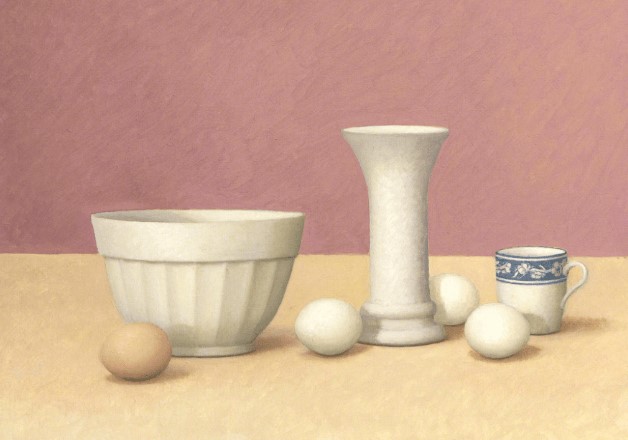
Still life painting has a long and fascinating history that can be traced back to ancient times. As early as Egyptian and Roman times, artists were depicting inanimate objects in their artwork.
During the Middle Ages and Renaissance Era, still life painting became increasingly popular, but it wasn’t until later that it officially became a genre of painting within the visual arts.
Still life painting involves arranging inanimate objects, such as fruit, flowers, and household items like glassware and textiles, as the subject of a painting.
Through the centuries, still life painting has evolved, with artists experimenting with different techniques, compositions, and subject matter.
It remains a popular genre today, offering endless opportunities for artists to explore and create beautiful and thought-provoking works of art.
Types of Still Life
Still life is a genre of art that can be categorized into different types based on their subject matter. While most still lifes can be categorized into one of four categories: flowers, banquet or breakfast, animal(s), and symbolic. Here are some details about each category:
- Flowers: This type of still life composition typically focuses on bouquets or vases of full bloom. These compositions can feature a single flower or multiple flowers arranged in a visually pleasing manner.
- Banquet or breakfast: This type of still life composition features an array of food items arranged on a table. These compositions can depict a variety of foods, from simple items like fruit and bread to elaborate banquets with meat, fish, and other dishes.
- Animals: This type of still life composition features animals as the subject matter. These compositions can depict a single animal or multiple animals arranged in a visually pleasing manner.
- Symbolic: This type of still life composition can vary greatly and typically involves objects that have symbolic meaning. These compositions can feature objects such as skulls, hourglasses, or other items that represent the transience of life.
Overall, still life compositions provide artists with a unique opportunity to explore the beauty of everyday objects, and the different types of still life compositions offer a wide range of subject matter to inspire creative expression.
Tips to Improve Your Still-Life Paintings:
In the realm of still-life painting composition, there are three essential guidelines that can aid in creating a successful composition.
Primarily, the utilization of the principles of design, specifically balance and harmony, is paramount to achieving a visually appealing composition.
Additionally, utilizing the concept of focal points to create a visual hierarchy is important for drawing attention and creating interest for viewers. Selecting the right objects, and arranging your objects effectively.
Finally, employing compositional devices such as rhythm and repetition can add an interesting dynamic that serves to further engage viewers in the painting.
1. Principles of Design
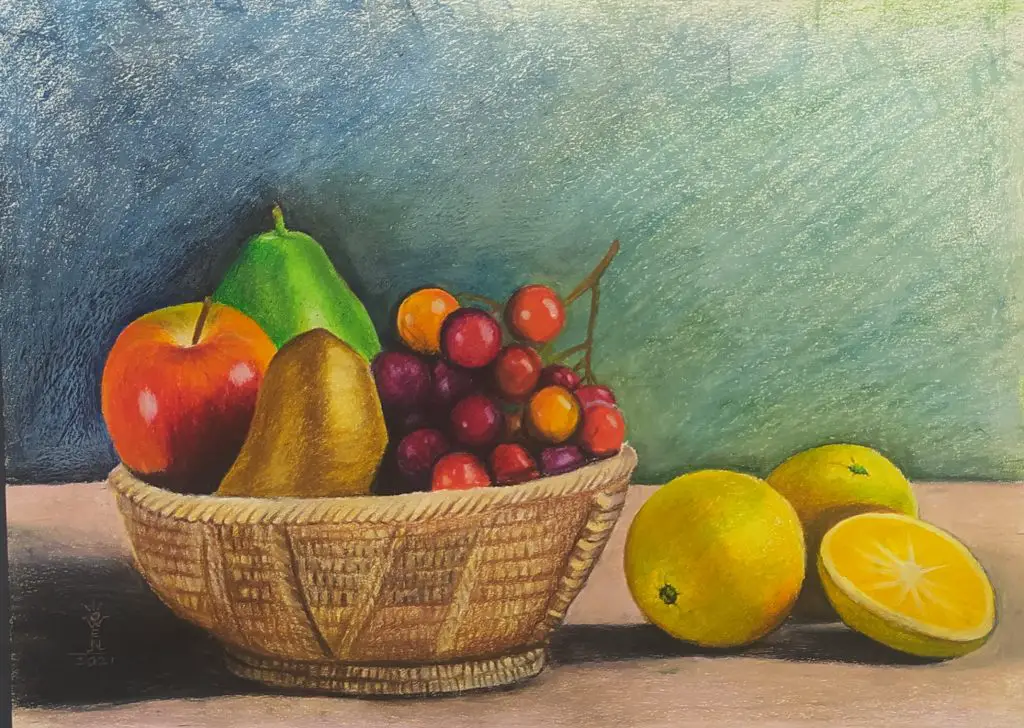
Understanding design principles when creating a still-life painting can help elevate your work from a simple arrangement of objects to a visually compelling piece of art.
Balance, contrast, unity, emphasis, and rhythm are design principles. Balancing your composition entails evenly distributing visual elements across the canvas, while contrast adds depth and visual interest.
The term “unity” refers to the harmony of all the elements in your painting, whereas “emphasis” draws the viewer’s attention to a specific focal point. Finally, rhythm is the repetition of visual elements within a painting to create movement and flow.
By incorporating these principles into your still-life painting, you can create a piece of art that engages the viewer and conveys a message that goes beyond the objects depicted.
2. Creating a Focal Point
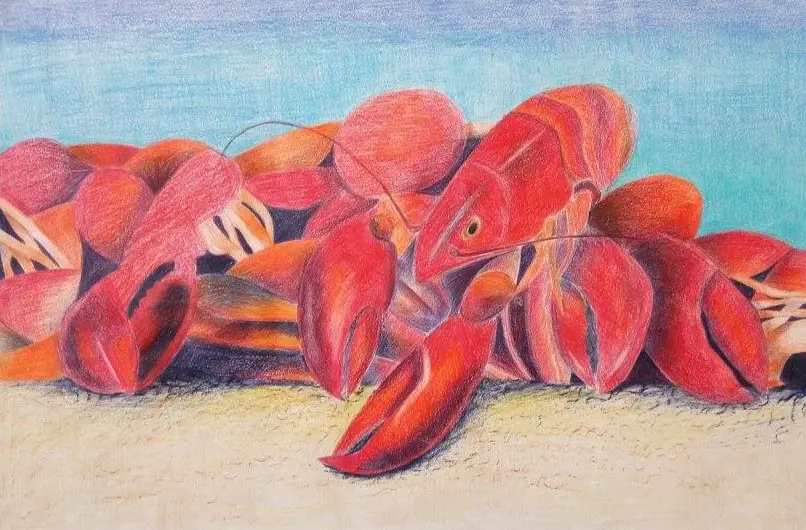
The focus point is one of the most crucial factors to take into account when painting a still life. A painting’s focal point is a particular region that attracts the viewer’s eye and holds their interest.
By establishing a focal point, you may direct the viewer’s attention and establish a feeling of visual equilibrium in addition to adding interest and depth to your still-life painting.
You can use a variety of strategies, including colour contrast, lighting, and composition, to establish a focal point.
You can discover the technique that best fits your painting style and helps you reach your desired impact by experimenting with several methods.
Adding a focal point to your still-life paintings may elevate your work to the next level and make your paintings more attractive and interesting, regardless of your level of experience.
3. Selecting Your Objects
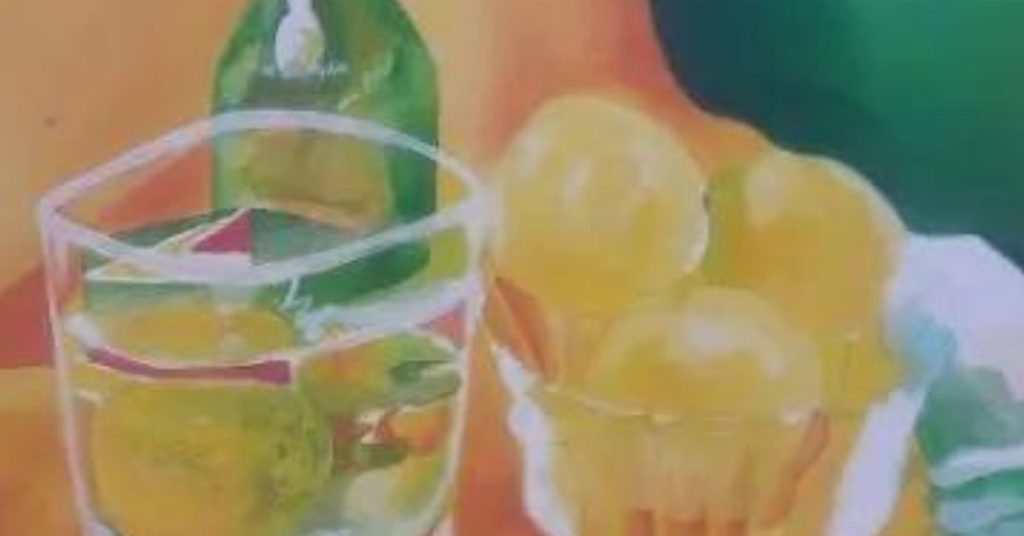
The first step in painting still life is selecting the objects you want to capture. The key here is to choose objects that have a visual appeal and tell a story.
Think about the mood you want to create with your painting and select objects that complement that mood.
When selecting objects, consider the following:
- Shape and form
- Texture and surface quality
- Colour and tone
- Size and proportion
- Historical or cultural significance
Once you have selected your objects, it’s time to arrange them in a way that creates a visually appealing composition.
4. Arranging Your Objects
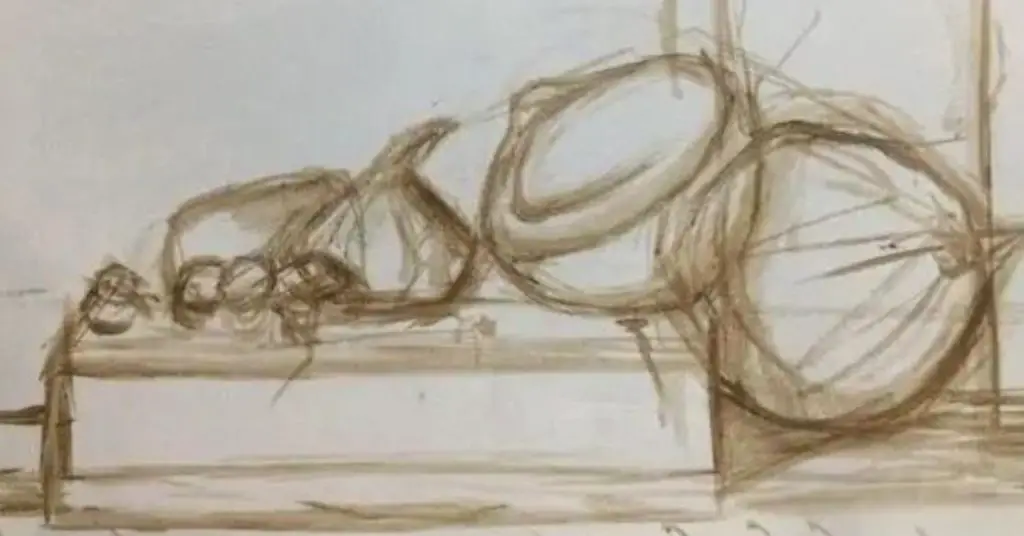
The arrangement of objects is an essential aspect of still-life painting. It can create a mood, tell a story, and add depth and dimension to your painting.
Consider the following tips when arranging your objects:
- Create a focal point by placing the most significant object in the centre.
- Use a diagonal line to create depth and movement.
- Place objects in a way that creates balance and symmetry.
- Experiment with different arrangements to find what works best for you.
5. Capturing Beauty on Canvas
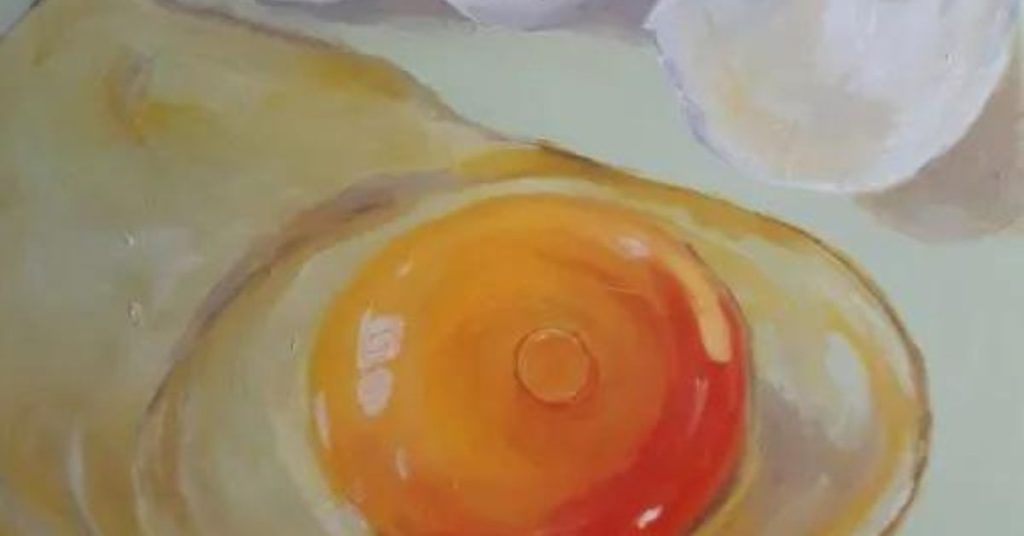
With your objects arranged, it’s time to start painting. The key to capturing the beauty of still-life objects on canvas is to pay attention to the details.
Consider the following tips when painting still life:
- Begin with an underpainting to establish the composition and values.
- Build up layers of colour to create depth and texture.
- Use the right brush strokes to create different textures and surfaces.
- Pay attention to light and shadow to create dimension and form.
- Step back often to evaluate your progress and make adjustments as needed.
By incorporating these 5 tips you will improve the quality of your finished still-life compositions.
Famous Still Life Art Painters
Numerous gifted artists have mastered the still-life painting genre over the years, which has long been a popular art form.
- Paul Cezanne, who is frequently credited with starting the modern still life style, is one of the most well-known still life painters. His striking colour choices and original viewpoint revolutionized the genre.
- Vincent van Gogh is a well-known still-life painter who is renowned for his vivid, brilliant representations of flowers and fruit.
- Jan Davidszoon de Heem, a Dutch painter, is particularly well known for his incredibly realistic and intricately detailed still-life paintings, which frequently include complex arrangements of flowers, fruit, and other objects.
Giorgio Morandi, Paul Cézanne, Georges Barque, Pablo Picasso, Pieter Claesz, Pierre-Auguste Renoir, and Henri Matisse are some of the other renowned still-life painters who have made significant contributions to the genre with their distinctive styles and methods.
Overall, still life painting is still a well-liked art style today, and many modern painters are continuously exploring and innovating within it.
Final Thoughts on Painting Still Life
Finally, painting still life can be a difficult but rewarding experience for any artist.
You can capture the realism and beauty of your subject matter with greater precision and accuracy by using the 5 tips we’ve discussed in this blog.
Remember to carefully select your objects, pay attention to lighting and composition, use a limited palette, concentrate on the details, and experiment with different brush techniques.
With practice and patience, you can create stunning still-life paintings that will awe and inspire viewers.
So grab your paints, arrange your objects, and let your imagination run wild. Have fun painting!
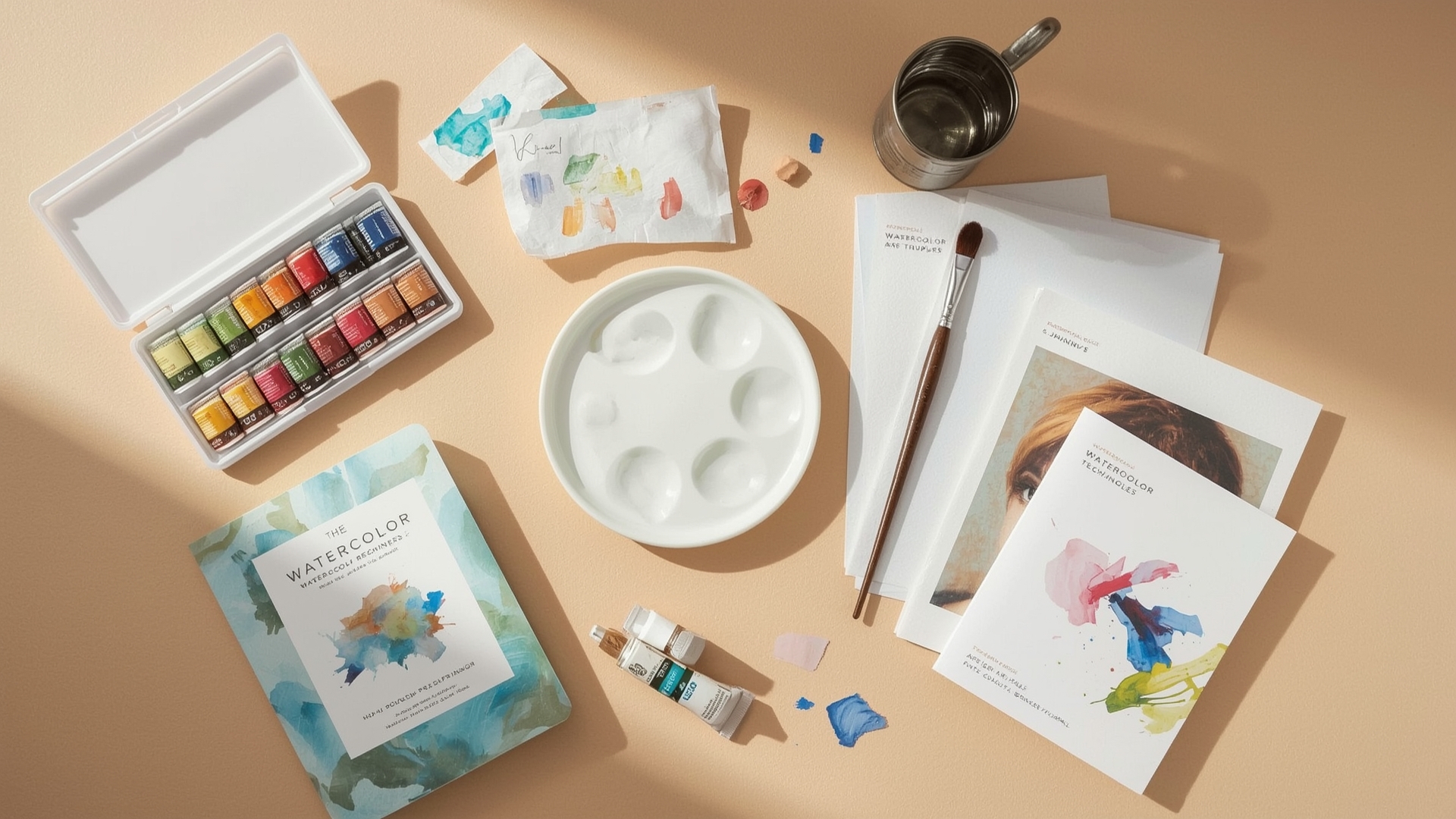

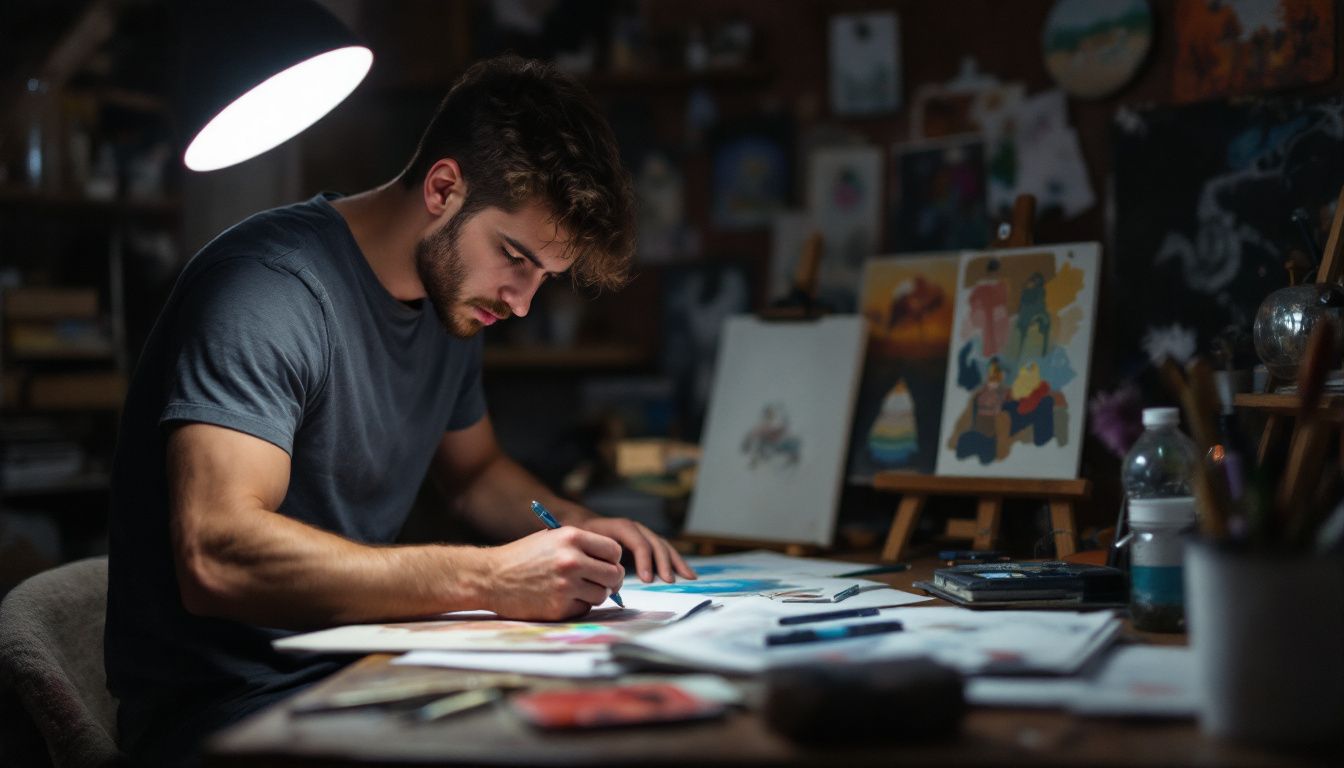
Leave a Reply